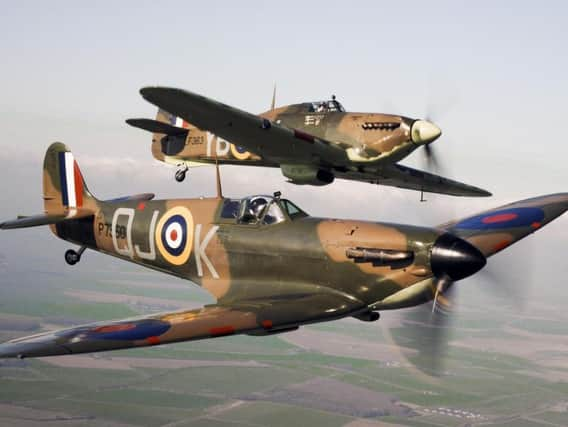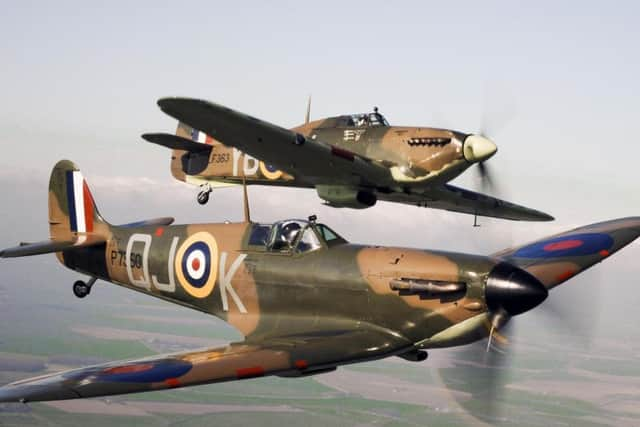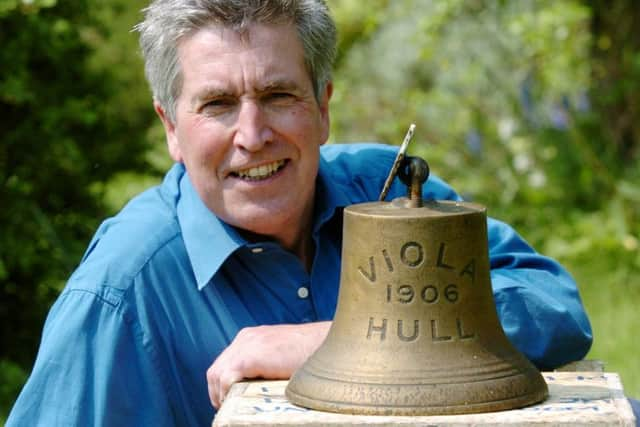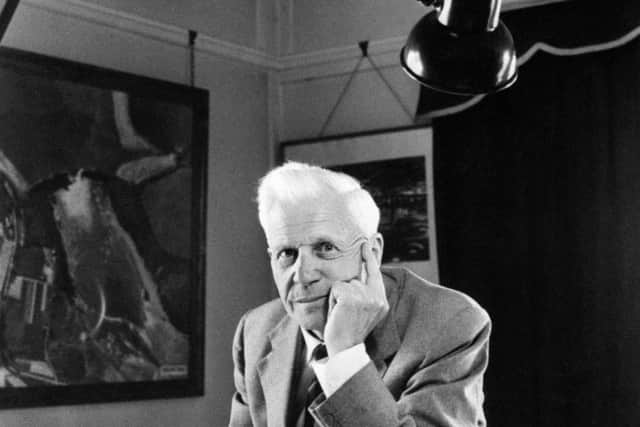The little-known Yorkshireman who helped win the war by 'giving' the RAF its greatest flying machine


Celebrating the wings of hope at new Leeds RAF displayThe Hull-born aviator, who became the first woman to fly solo from Britain to Australia, is arguably the city’s most famous export.
However, she is not the only pioneering pilot that Hull has produced, though it is questionable how many people will have heard of the name “Joseph Summers.”
Advertisement
Hide AdAdvertisement
Hide AdThey probably should, though, for he holds a special place in the story of the RAF.


Joseph ‘Mutt’ Summers was the first person to fly a Spitfire - the iconic fighter plane that famously helped win the Battle of Britain in the late summer and early autumn of 1940.
He flew over 300 different types of aircraft during his career and holds the record for the highest number of flying hours of any test pilot in the world, having clocked up over 5,600 hours.
Summers (whose nickname ‘Mutt’ came from his early days in the RAF and his habit of urinating before take off on the rear wheel of the aircraft he was testing) was born in Hull in 1904 and attended St Charles Primary School and Hull Grammar School.
Advertisement
Hide AdAdvertisement
Hide AdIn 1924 he received a short service commission in the RAF and trained as a pilot.


He was assigned to No 29 Fighter Squadron where he quickly gained a reputation as an exceptional pilot.
With just six months operational experience he was made test pilot at the Aircraft and Armaments Engineering Establishment at RAF Martlesham Heath, where he remained for the rest of his military service.
In 1929 he became a test pilot for Vickers Ltd (Aviation Department) and three years later was promoted to chief test pilot.
Advertisement
Hide AdAdvertisement
Hide AdOn March 5, 1936 Summers flew the Vickers-Supermarine Type 300 - better known as a Spitfire - on its first flight over Hampshire.


A friend of Barnes Wallis, Summers also flew the first trials involving the bouncing bomb, used in daring raids over Germany during the Second World War, off Portland in Dorset.
Summers died in 1954 and there have been discussions in Hull about creating a plaque in his memory.
Dr Robb Robinson, a maritime expert and historian based at the University of Hull, says it would be a fitting tribute to a “truly remarkable” man.
Advertisement
Hide AdAdvertisement
Hide Ad“It’s very apt if we remember Mutt Summers with a plaque on the occasion of the centenary of the RAF.


“The spitfire was arguably the RAFs most iconic aircraft and the first man to fly it was from Hull.
“He also played a pioneering role in the development of the ‘dambuster’ bouncing bomb which was also part of the RAF's legend.